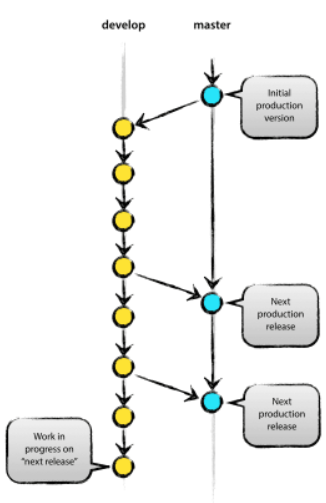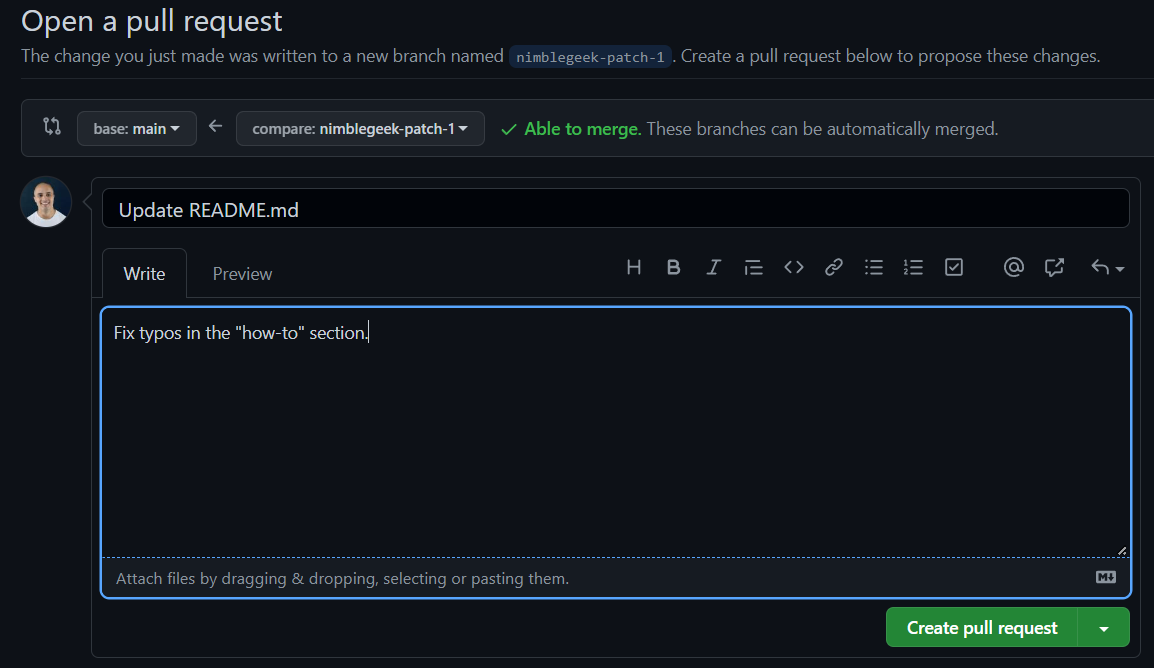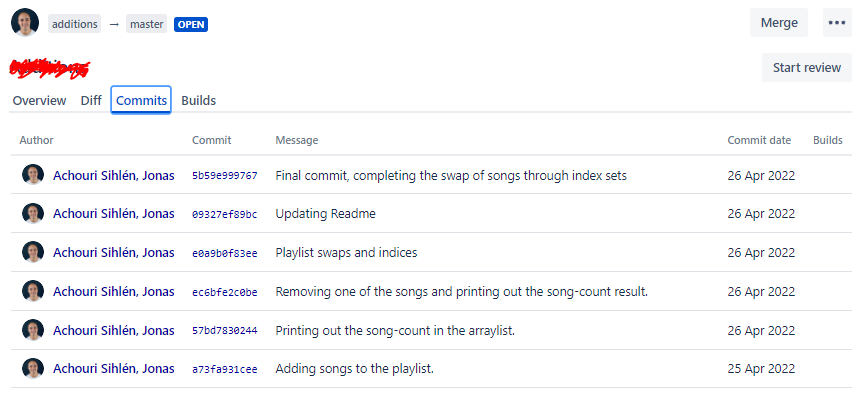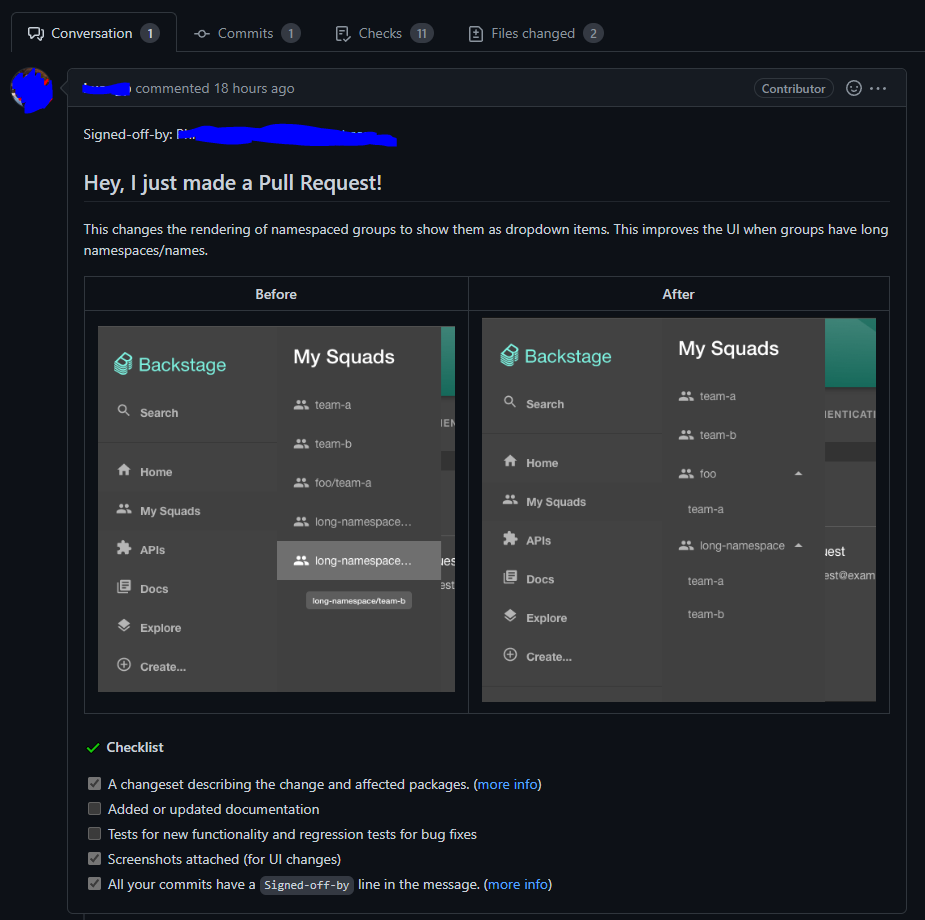What Is a Pull Request?
During the spring of 2022 I created my first pull request. I got my code changes approved, merged and shipped to production! A personal milestone for a beginner coder like me.
But what does this really mean and what is a pull request to start with?
When we work in teams, we want to keep our team-mates up to date on what we are working on. We need to show our work so that we are aligned on our mission. We want to make sure we all work towards the same goal, right?
It is not about others micromanaging, more about collaboration. I like to see it as a process where you pull your teams attention into your contributions and asking your team for input and review.
In a software engineering team, a developer needs to tell the other developers about the changes he/she has done in their repository. This is a key step when shipping continuously since you apply a “4-eyed principle” and gather up all competencies in the team. A beautiful mix of shared responsibility and personal accountability.
When you open a pull request you also open up the discussion with your collaborators so that your work can be reviewed before it is merged into the main branch. That is where the latest updated code rest. Until it get merged again.



















